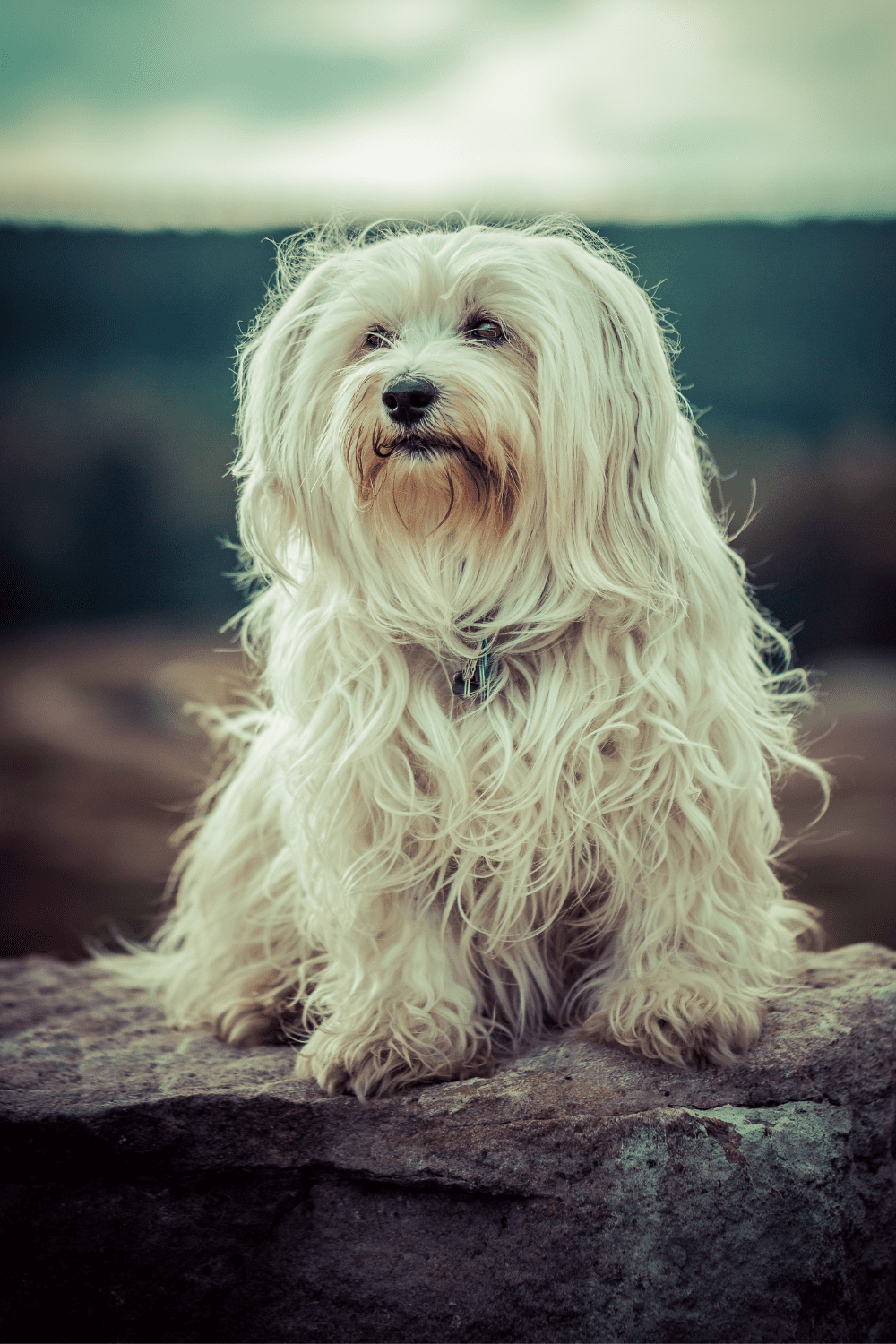Most dog owners are fascinated and proud of the number of abilities their extraordinary dogs have. One of the many wonders is can a dog see in the dark? If they can, how well can they see?
No dogs can’t see in complete darkness. However, they can see extremely well in dim lighting. Thanks to their unique eye structure, it makes it possible. Today, domestic dogs continue with this trait from when their ancestors needed it to spot even the slightest movement in low light to track and hunt down prey in the wild.
Now we know that dogs have excellent eyesight in dark light. Let’s find out how dogs can see so clearly in dim light?
Dogs have three unique features in their eyes that help them see in the dark
The unique structure of its eyes supports your pet dog’s ability to see clearly in the darkness. Like dogs and other mammals, canine eyes also have larger pupils than humans.
Rods
The retina of a dog contains a type of light-sensitive cells known as rods. These are the cells that help a dog see in low light conditions.
We also have rods; however, dogs have more rod cells in their retina. The retina also contains cone cells which determine the types of colours that dogs can see.
Flicker Fusion Frequency (FFF)
The ability to see in the darkness is also heightened by a factor known as the Flicker Fusion Frequency (FFF). At this frequency, the flickering light does not appear to flicker anymore. Typically, the faster a species moves in an environment, the more its FFF ability is.
Tapetum Lucidum
The secret weapon that facilitates the dog’s ability to see in the dark is the tapetum lucidum. It acts as a type of mirror inside the eyes of a dog. That means it reflects the light entering the dogs’ eyes, giving the retina another chance to register light.
These three factors combined: the rods, FFF, and tapetum lucidum, help dogs see in the dark so much better than us humans.
Can dogs see better than humans?
Dogs have a different way of seeing things than humans do. They see better in some environments, and they also have a special eye structure that helps them see better. However, one thing dogs can’t do as well as humans see colours as clearly.
Dogs possess only two types of cone cells that facilitate coloured vision. Compared to that, humans have three different types of cone cells, which help us to distinguish more colours than dogs.
Binocular vision
Another feature that gives dogs good all-around vision is the placement of their eyes. Having eyes on the side of their faces gives them a much better visual field compared to us humans. A dog’s field of view is 240 degrees, and a human area of field vision is 200 degrees. That’s a whopping 20% better field view size than humans.
Did you know a rabbit has a field vision of nearly 360 degrees? That’s 80% more vision area covered than humans and 50% compared to a dogs field of vision. The large field vision is down to the placement of the rabbit eyes.
Why do dogs eyes glow in the dark?
A dog’s eyes glow in the dark because of the tapetum lucidum. It acts as a light-reflecting mirror known as eyeshine. It also amplifies the reflected light, a phenomenon known as fluorescence.
Compared to the human eyes, the tapetum of dogs reflects about 130 times more light.
Why can’t dogs see in total darkness?
Dogs do not have night vision. That means they cannot see when total darkness or when there is no light. Your dog’s eyes are made up of the pupil cornea lens and retina. You can find multiple photoreceptors created using rod cells and cone cells in the retina. Rod cells observe light and help detect motion, while the cone cells observe colours and brightness. Without any light to work with, this is why they can’t see in total darkness.
Can dogs see colour?
Yes, dogs can see in colour. Dogs can see colours similar to a person that is colourblind. The reason can be explained further by the different cone cells that dogs and humans have in their eyes. There are various types of cone cells found in the bodies of humans and other animals. While humans have three different cones in their eyes, dogs only have two. That is why dogs cannot recognise the colours red or green colours. Your dog’s colours are much less than the extensive range of colours that humans can perceive.
Colour Blindness Explained
Humans can suffer from three different types of colour blindness, so it is only fair to assume that dogs also suffer from the same kind of colour blindness. Dog’s eyes function similarly to colour blind humans. As dogs have only two cone cells in their eyes, they can only see blue, yellow, and grey colours. To them, a red or orange toy lying in the lush green grass appears in the same colour. Your dog may not respond to a bright red toy as much as you want them to. In such cases, your dog is interested in the toy, but they cannot locate the toy all the time. You can understand why dogs tend to get so excited about yellow-coloured tennis balls or white footballs.












